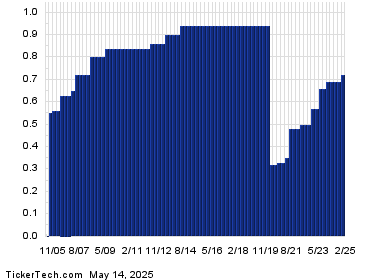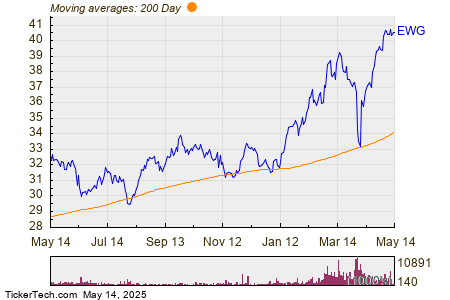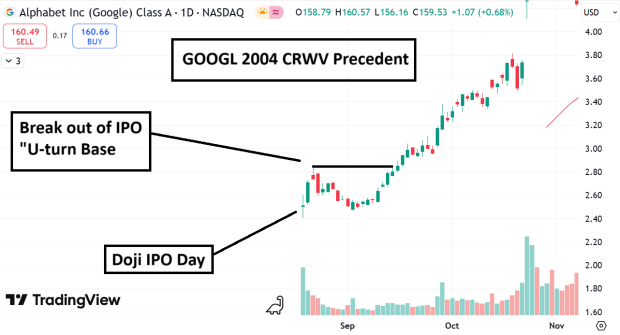Palantir Technologies: Growth, Profitability, and Overvaluation Concerns
2025 has proven to be a turbulent year for the stock market, characterized by unpredictable movements and concerns over tariffs. This volatility has significantly impacted stock prices, with Palantir (NASDAQ: PLTR) serving as a noteworthy example. Over a few months, shares surged from $120 to $80, only to rebound to $120 again.
Investor optimism surrounding Palantir’s future in analytical software—particularly for the U.S. military and major corporations—has driven the company’s market capitalization up to $280 billion, positioning Palantir as the 37th largest company globally. The question remains: Can it join the “Magnificent Seven” and achieve a market cap of $1 trillion by 2030?

Palantir is winning in AI. Image source: Getty Images.
Strong Growth Driven by AI in the U.S.
Artificial intelligence (AI) has become a critical driver of Palantir’s success. The company’s analytics software integrates diverse data for large entities, including government agencies and businesses. Recently, Palantir has enhanced its offerings with AI automation, delivering real-time insights to users in various sectors.
Palantir’s revenue has surged by 39% over recent quarters, spurred by a remarkable 71% year-over-year increase in U.S. commercial revenue. In the first quarter of 2025 alone, the company secured 139 contracts worth at least $1 million each, including 31 contracts above $10 million, showcasing robust demand for its services.
This acceleration in revenue growth has encouraged investor confidence, pushing the stock price upward. With $3.1 billion in revenue over the past year, analysts speculate Palantir could exceed $10 billion in revenue at some point this decade if current trends continue, highlighting the significant appetite for AI-driven analytics.
Profit Margins and Future Growth
Improved profitability is another positive development for Palantir. The company has transformed from incurring significant operating losses to achieving margins of 13% in the past year.
With gross margins at an impressive 80%, Palantir is well-positioned to enhance its bottom-line operating margin as it matures and revenue growth stabilizes. Last quarter, Palantir allocated 27% of revenue to sales and marketing and 15% to product development. While these expenses are unlikely to disappear, they should represent a smaller portion of total revenue as Palantir sells more high-margin software globally.
In general, software companies with 80% gross margins can achieve profit margins of 30% to 40% or higher as they mature. Palantir could reach similar levels once its revenue surpasses $10 billion annually.

PLTR Operating Margin (TTM) data by YCharts
Valuation Concerns for Palantir’s Stock
Despite Palantir’s rapid growth and improving profit margins, the stock appears overvalued. Analysts contend that it is unlikely to reach a market cap of $1 trillion by 2030.
Assuming an accelerated average revenue growth of 50% annually over the next five years and an optimistic operating margin of 40%, Palantir’s revenue could reach $23.6 billion, with annual earnings of $9.5 billion. This earnings multiple, even under favorable assumptions, indicates a price far exceeding the current market cap, underscoring the stock’s current overvaluation.
Palantir is undoubtedly a strong business, but its stock presents significant risks for future investors. Caution is advised for those considering adding Palantir stocks to their portfolios in the coming years.
Is Investing $1,000 in Palantir Technologies Wise?
Before deciding to invest in Palantir Technologies, consider this:
Analysts from a leading firm recently highlighted ten stocks they believe are better investment options than Palantir. These selected stocks have potential for substantial returns in the coming years.
For example, if you had invested in Netflix when it was recommended, your $1,000 would now be worth $598,613! Alternatively, a recommendation for Nvidia would have grown your initial investment to $753,878!
Brett Schafer has no positions in the stocks mentioned, and the firm has positions in and recommends Palantir Technologies.
The views expressed in this article reflect those of the author and do not necessarily represent the views of Nasdaq, Inc.






